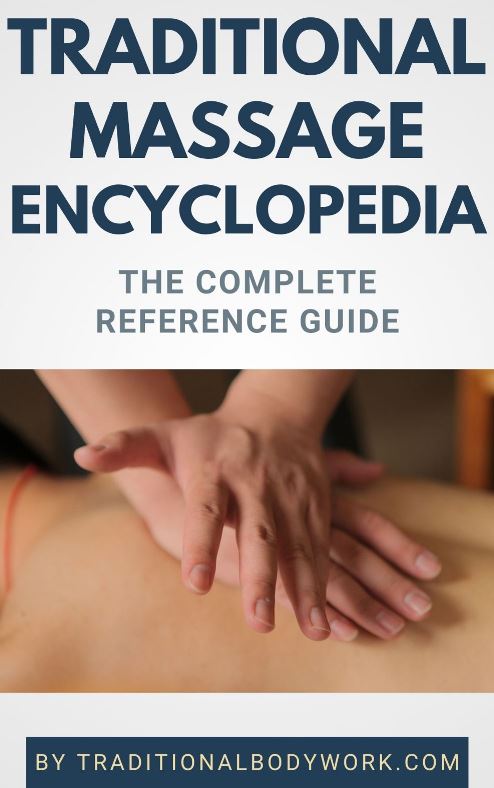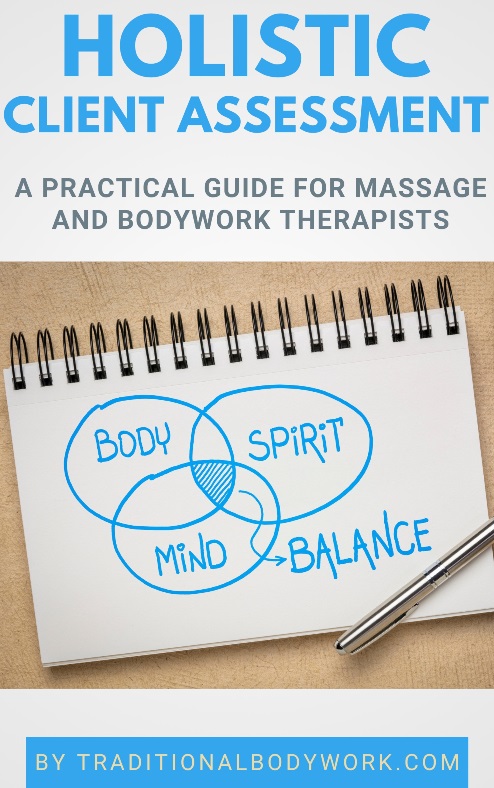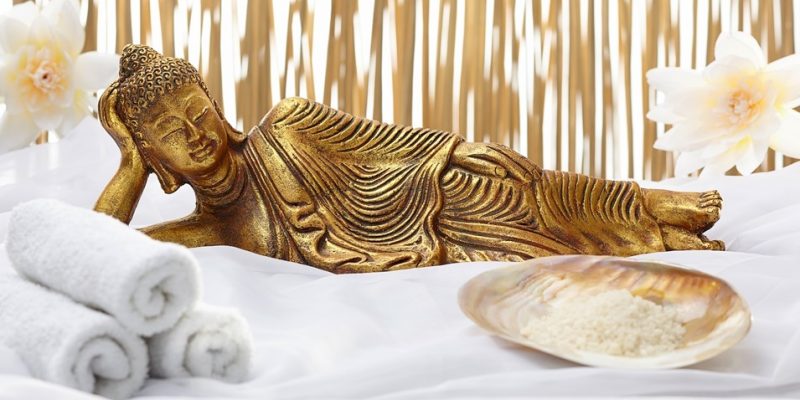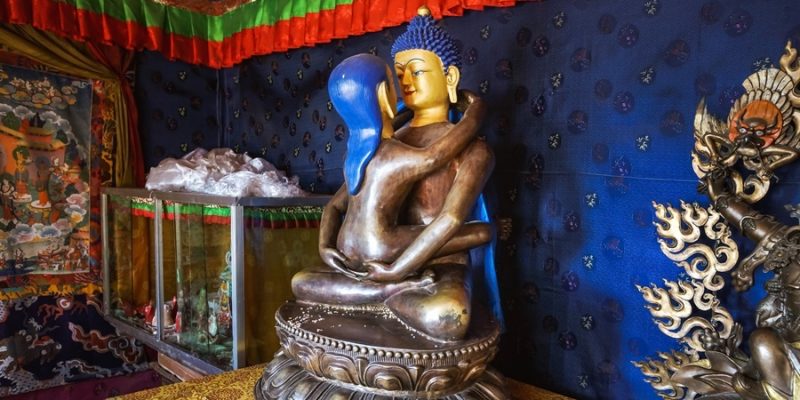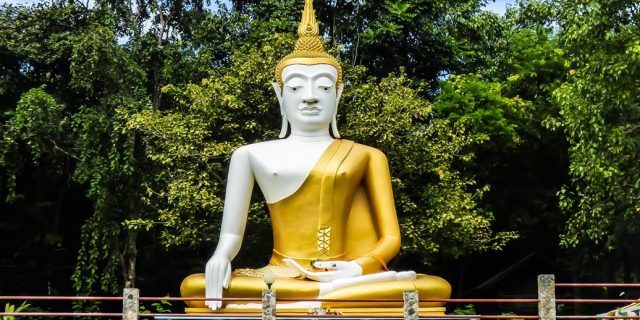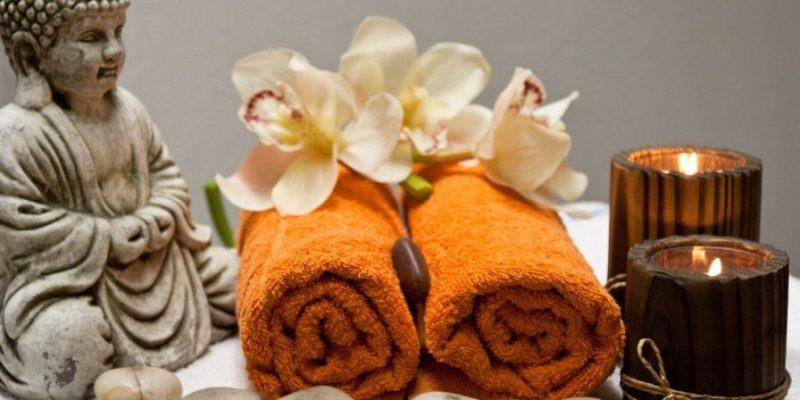
The word appropriation has several meanings, but the meaning I talk about in this post is that of to “take something for one’s own use, typically without the owner’s permission.” And then, subsequently, reappropriation means to “reclaim or recover something for one’s own use.”
Appropriation and reappropriation in massage and bodywork is an interesting phenomenon. It’s a practice particularly recurring between East and West, that is, between Oriental and Occidental countries and cultures. By the way, this type of practice is also called cultural appropriation, although some prefer to call it cultural appreciation, in fact to “beautify” these practices, as I see it.
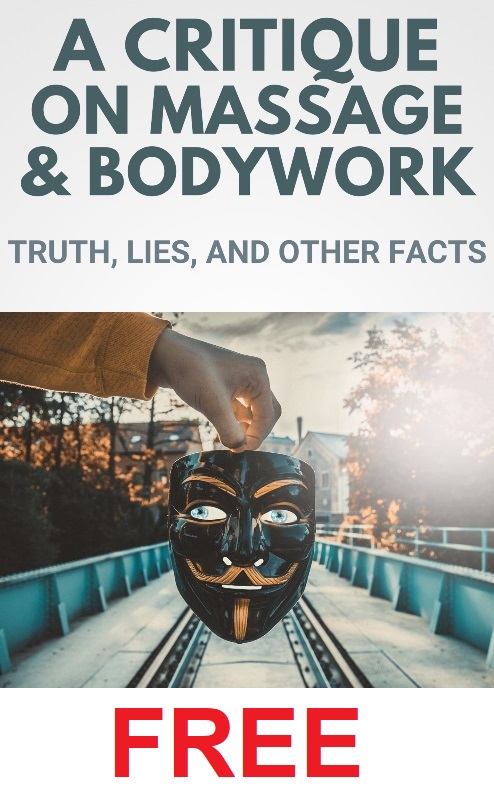
The West has appropriated a range of Eastern massage and bodywork therapies, such as Yoga, Guasha, Thai Massage, Shiatsu, Lomi-Lomi, and many more. It typically means that these traditional modalities have been brought to the West to be practiced in the West, usually in a “modified” form, adapted to the habits and wishes of a Western public.
Moreover, Western therapists have invented many “derived” therapies, add-ons, or specialties around these traditional treatments. For instance, let’s take a look at Yoga. Yoga, in its traditional form, was a practice to enhance one’s meditation practice in order to achieve spiritual enlightenment. The West took the Yoga practice and created Yoga as Exercise, Yoga Therapy, Flying Yoga, Postnatal Yoga, Prenatal Yoga, Restorative Yoga, and so on.
What happened next was that India took up these new Western-style Yogas and marketed them as an Indian invention, even to be studied in India, or reexported to the West by Indian Yoga Gurus. That is reappropriation. The Indians did so because it’s of course financially interesting, but also because some believe that the West saw something in Yoga what they themselves didn’t see. That is, the West interpreted their practices (through Western eyes), which subsequently became a partly “Indian eye.”
Another interesting example is that of Thai Massage. Thai Massage has little to do with Yoga (in Thailand, it wasn’t seen as a Yogic practice), but in the past decades Thai Massage has gradually become Thai Yoga Massage. Subsequently, today, some Thai Massage teachers in Thailand also (or even exclusively) promote Thai Massage as Thai Yoga Massage, and yes, give training courses in “Thai Yoga Massage.”
The question now is if there’s some kind of problem with cultural appropriation and reappropriation. Actually, I think that in itself there’s nothing wrong there, because the traditional practices were often also the result of cultural appropriation, a phenomenon that can be seen very clearly in the history of Thai Massage. There’s always been cultural exchange, things develop, the world develops, and things change accordingly, and the same counts for massage and bodywork.
Nevertheless, things go in dubious directions when a teacher or a generation of teachers start to claim that their appropriated and modified form is actually the original form. For instance, when a Thai Massage teacher claims that Thai Yoga Massage has been practiced already 2,500 years in Thailand then that statement is untrue and simply deceiving us. Not even to talk about the historic inaccuracy of Thai Massage existing 2,500 years.
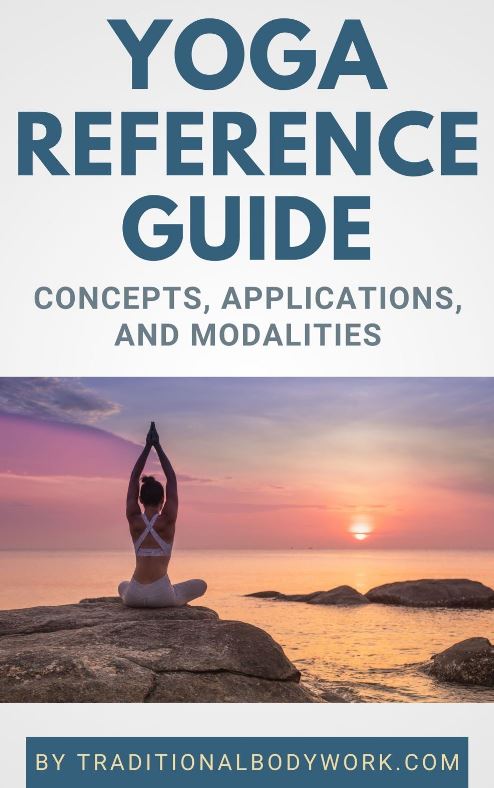
Moreover, the West is an absolute master in “specialization” and taking things out of context, and subsequently corrupts treatment modalities into disconnected, unrecognizable practices. For instance, we might see that Western Guasha teachers or therapists claim that Guasha is a face beauty treatment modality used by the Chinese for thousands of years. And yes, although Guasha can be beneficial for the face, it’s much, very much more than a quick-fix facial treatment modality.
Anyway, I think that cultural appropriation and reappropriation of massage and bodywork is a perfectly normal phenomenon, even highly desired and healthy for the further development of the healing arts. However, I feel that massage and bodywork instructors and practitioners need to be clear and honest about the modalities they teach or apply, and not hesitate to clarify what it is they do, and explain to their students or clients that they work with such and such a modified, or “adapted” form.
By doing so, they show due respect for the tradition, culture, and clients they make money and a living with, keep their integrity, and share a more valuable understanding and version of the work they do and its historical background.

